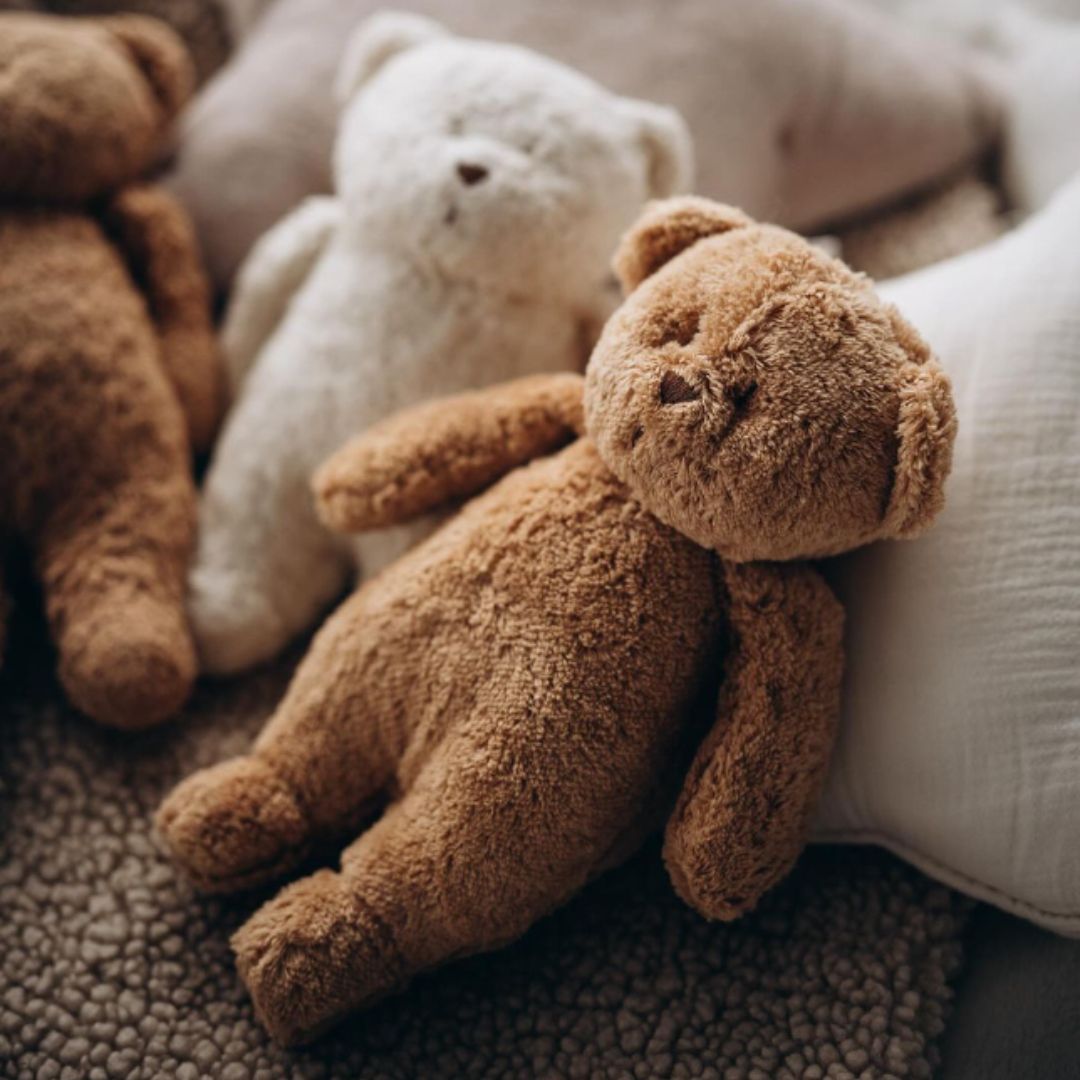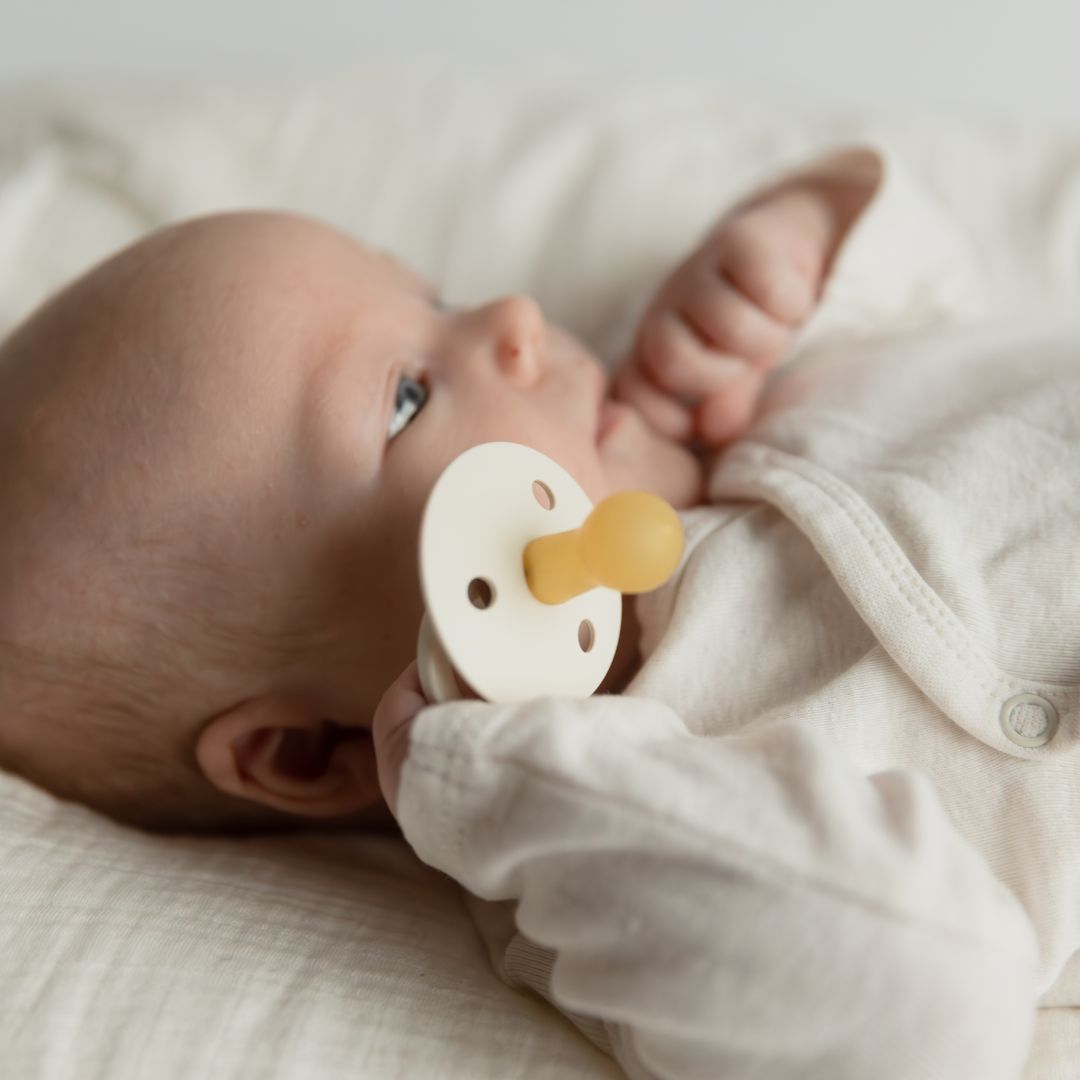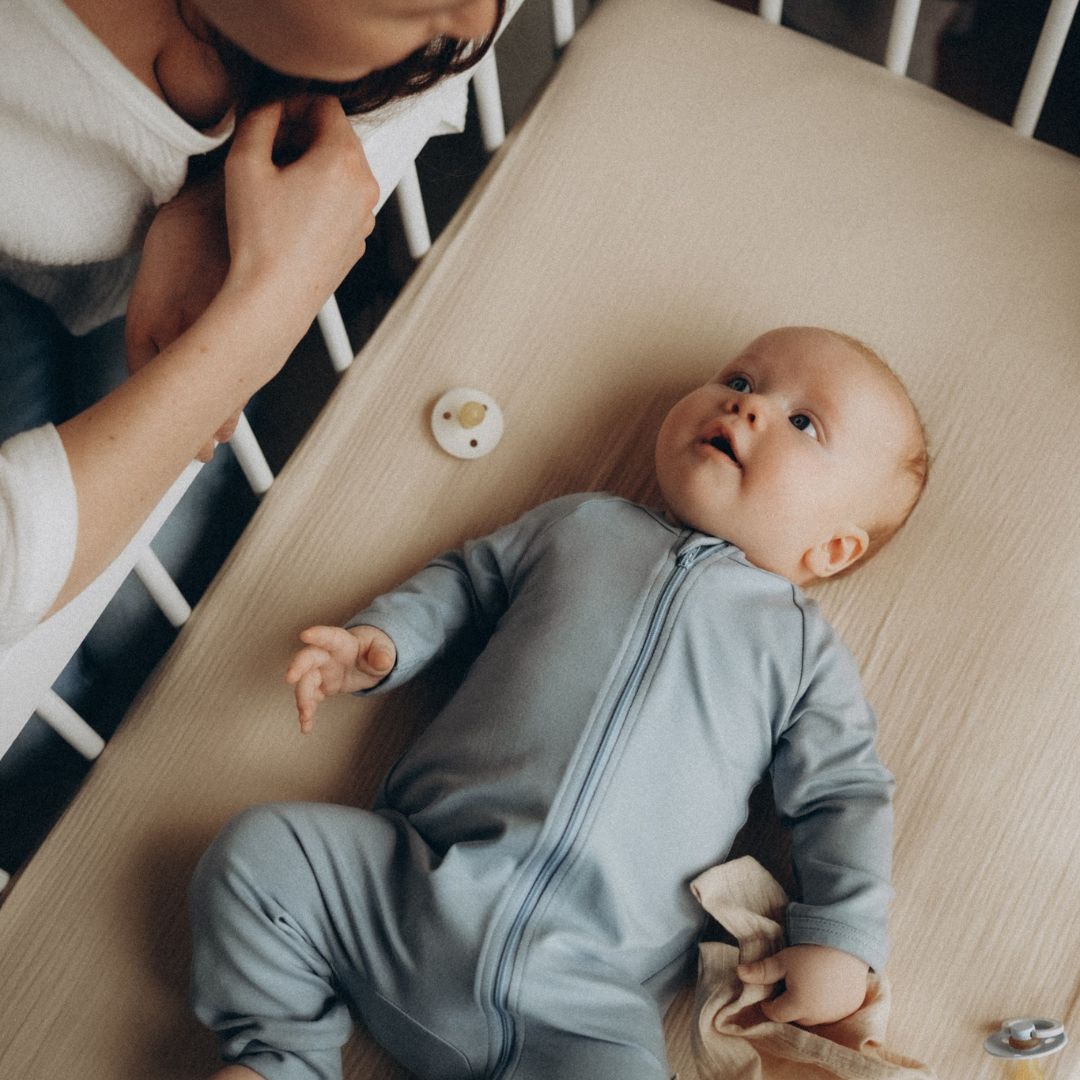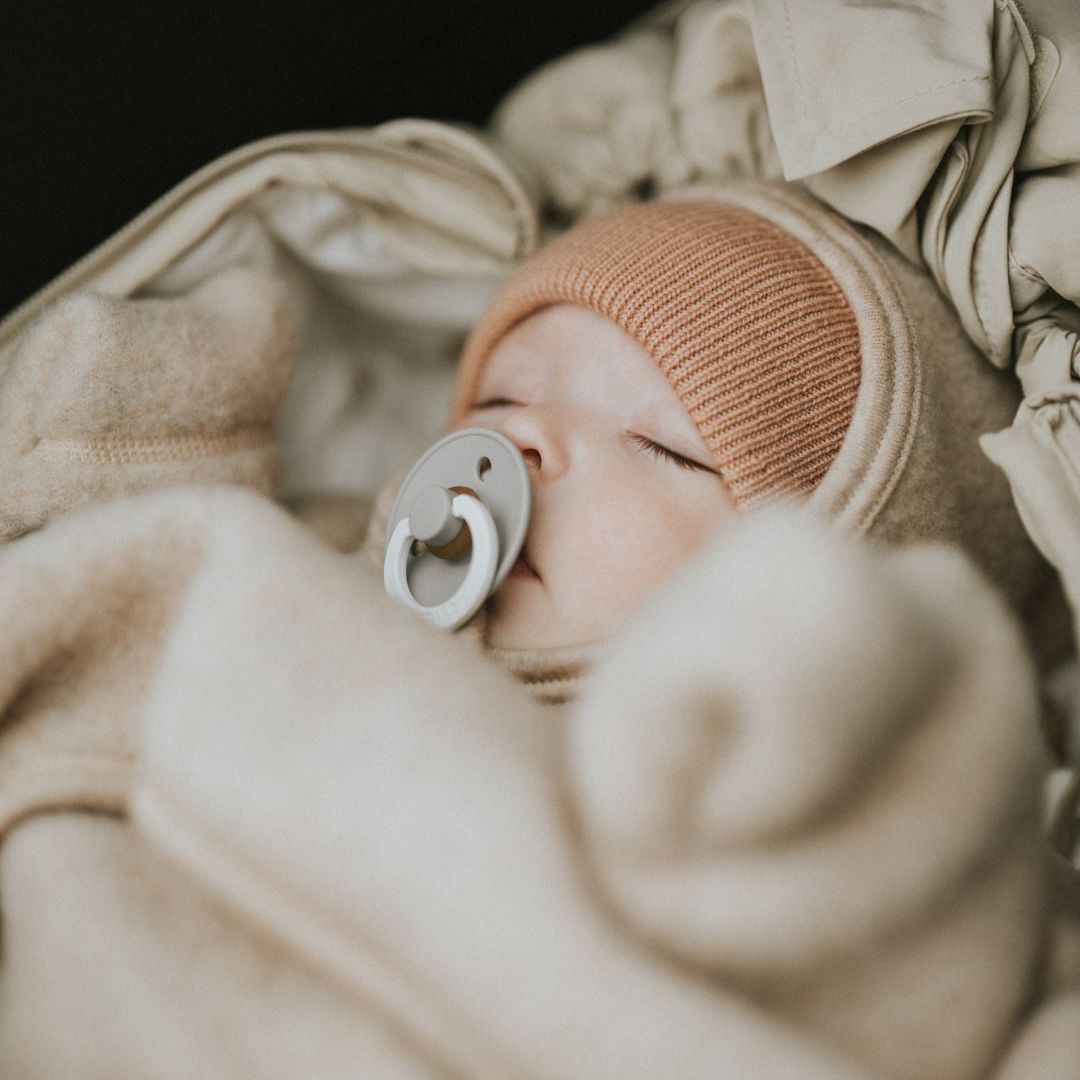Choosing the right baby bottle can feel overwhelming with so many options available. Whether you’re breastfeeding, formula-feeding, or doing a mix of both, finding the right baby bottle can make all the difference. From nipple shape and flow rate to material and function, every detail plays a role in your baby’s feeding experience. Let’s explore some of the key factors to consider and help you choose the perfect bottle for your family’s needs.
Choose a bottle with an anti-colic function
If your baby is crying more than usual or seems extra fussy right after feeding, they might be swallowing too much air. That’s where an anti-colic design comes in. These bottles feature a special valve or ventilation system in the nipple that helps reduce air intake. This means a smoother milk flow and less chance of gas or reflux, keeping your little one comfortable during and after feeding.
Choose a bottle with a breast-like nipple
If you plan to combine breastfeeding and bottle-feeding, a round nipple can help prevent nipple confusion (yes, it’s a real thing!). By mimicking the natural fit and movement of a real nipple during breastfeeding, a round bottle nipple may make it easier for babies to latch on, allowing for an easier time switching between breast and bottle. Not only that, but the round nipple shape is also a common design for pacifiers, helping ease the transition between all three. Read more about nipple confusion here.
Choose a bottle that can accommodate different flow rates
Flow rate refers to the size of the hole(s) in the nipple, which determines how quickly milk flows into your baby’s mouth. As babies grow, their feeding patterns can change, which is why it’s important to find a bottle that offers different flow rates for comfortable and healthy feeds. Newborns may benefit from a slow flow to help control their milk intake and avoid overeating. As your baby’s appetite grows, you can try transitioning to medium or fast flows to better match their feeding speed. Just remember that every baby is different, so while flow rates may generally align with age, always pay attention to your baby’s individual needs.
Decide on a nipple material
A key consideration when selecting a baby bottle is the nipple material, as this can greatly impact your baby’s willingness to latch and their overall feeding experience. If your baby uses a pacifier, it can be helpful to consider which material they’re already comfortable with.
-
Latex Nipples are often considered the most 'natural’ material for breastfed babies thanks to their skin-like softness and excellent flexibility, closely mimicking the feel of a natural breast.
- Silicone Nipples are a popular choice for families looking for a hypoallergenic option that’s still ultra-soft, highly durable, and can be sterilized in more ways thanks the material’s higher heat resistance.
Decide on bottle material
Baby bottles mainly come in two materials: glass and plastic. Each have their own advantages:
-
Glass bottles are a great choice thanks to their long-term durability. Free from harmful chemicals, they do an excellent job of keeping their “like-new” appearance over time since they rarely scratch, stain, or absorb odors. This makes them a great option if you plan to pass them down to future siblings. When choosing a glass bottle, be sure to try and find ones that are lab-grade borosilicate to help ensure the highest quality.
- Plastic bottles are another common choice for good reason, thanks to their convenience for everyday use. They are lightweight, durable, generally more affordable, and easy for little ones to grip. When choosing a plastic bottle, always make sure it’s BPA-free to avoid harmful chemicals.
Ultimately, the right choice depends on your family’s individual needs and preferences. Some may families find it helpful to keep both versions on hand for different scenarios, whether at home, for travel, or at daycare.

Choose a bottle size
Choosing the right bottle size is another important step for your baby’s comfort and feeding needs. The best choice depends on your baby’s age, appetite, and feeding habits.
-
Newborn and infants (0-6 months): Smaller bottles, usually around 120 ml / 4 oz, are a great option for younger babies whose tiny stomachs require frequent but smaller feedings.
- Older Babies (6+ months): Once your baby reaches the 6-month mark, they may be ready for larger bottles (220 ml / 8 oz or more) as they begin consuming more liquid.
As you can see, there’s no one-size-fits-all solution when it comes to choosing the perfect baby bottle—it’s all about finding what works best for you and your little one. Explore our full bottle collection here to find the options that suit your family’s needs.

The source of this article: BIBS blog






